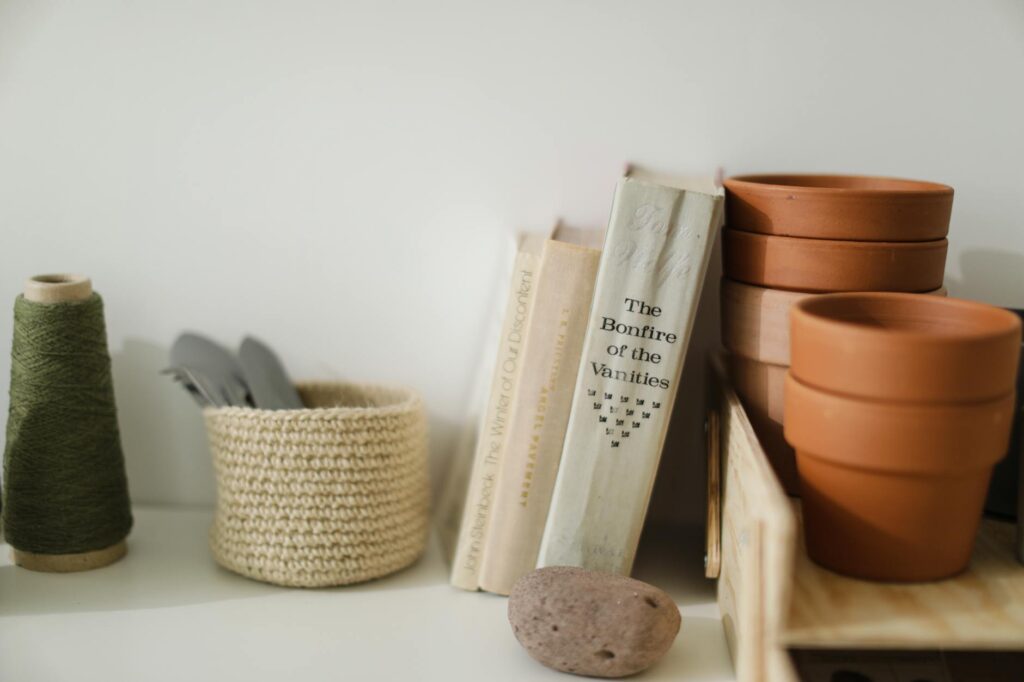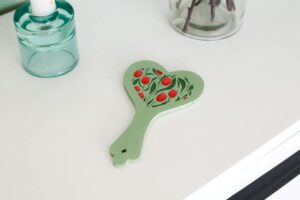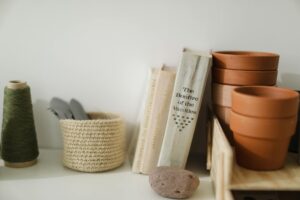Beginner DIY Crafts Guide: Essential Tips, Tools, and Easy Projects

Beginner DIY crafts guide: essential tips, tools, and easy projects
Introduction
Getting into DIY crafts is an accessible, creative way to decorate your home, make personalized gifts, and learn a satisfying hands-on skill. This guide walks you through what a beginner needs to succeed: the right mindset and workspace, a compact set of essential tools and materials, several easy projects with clear steps, and practical tips for safety, finishing, and skill growth. Each section builds on the previous one so you can move from setup to project completion with confidence. Whether you want a simple weekend project or a new long-term hobby, this article equips you with the knowledge to start smart, avoid common mistakes, and get visible results quickly.
Set up your mindset and workspace
Before buying supplies, cultivate a practical mindset: focus on projects with a visible payoff, accept small mistakes as learning steps, and plan short sessions rather than marathon builds. A dedicated workspace improves outcomes. You don’t need a full studio—use a corner table with a cutting mat, good lighting, and a small storage solution. Organize by function: tools within reach, adhesives separate from paints, and consumables (glue sticks, sandpaper) in labeled containers.
- Lighting: Daylight or daylight-balanced LED lamp reduces color errors.
- Surface protection: Reusable cutting mat or scrap cardboard prevents damage.
- Storage: Clear bins for visibility; small jars for beads, buttons, or fasteners.
- Time management: Break tasks into 30-60 minute blocks to keep momentum.
Essential tools and materials
Start with a compact toolkit that covers most beginner projects. Buy quality over quantity for the few items you’ll use often; cheap adhesives and dull blades cause frustration. Below is a prioritized list and a short buying guide.
- Cutting tools: Utility knife with spare blades, small pair of sharp scissors, and craft snips for thicker materials.
- Adhesives: PVA glue (white craft glue), tacky glue, clear-drying glue gun with low-heat sticks.
- Measuring and marking: Metal ruler, self-healing cutting mat, pencil, and fabric marker.
- Finishing: Sanding block, small paintbrushes, acrylic paints, clear sealer or Mod Podge.
- Extras: Needle and thread, embroidery floss, twine, hot-glue-safe tweezers, safety goggles.
Buying tips: invest in a metal ruler and a good utility knife blade, choose a low-temperature glue gun for safety, and buy paints in small tubes to test color and finish before committing to larger cans.
Easy projects with step-by-step guidance
Now apply tools and habits to simple projects that teach core skills: cutting, gluing, painting, and finishing. Each project is chosen to build confidence and be completed in a few hours or less.
-
Painted mason jar vase
Skills: surface prep, painting, sealing.
- Clean jar and remove label residue with warm soapy water and rubbing alcohol.
- Sand any rough spots lightly and apply a thin coat of primer if using a dark jar.
- Use acrylic paint applied with a sponge or brush—apply 1-2 thin coats, letting each dry.
- Optional: add a stencil or metallic accent with a small brush.
- Seal with a clear acrylic sealer for durability.
-
Simple macrame keychain
Skills: knotting, measuring, trimming.
- Cut three 30 cm cords and fold in half over a keyring.
- Tie a lark’s head knot, then practice square knots for 3–4 cm to create a pattern.
- Trim ends evenly and optionally add a dab of glue inside the knots to hold shape.
-
Handmade greeting card with layered paper
Skills: precise cutting, composition, adhesive control.
- Choose a card base and select 2–3 coordinating paper scraps.
- Use a metal ruler and craft knife to cut geometric shapes or borders.
- Layer using foam tape for dimension and add a stamped or hand-lettered sentiment.
Below is a quick comparison to help pick a first project.
| Project | Key materials | Time | Difficulty | Est. cost |
|---|---|---|---|---|
| Painted mason jar vase | Jar, acrylic paint, sealer | 1–2 hours | Easy | $5–$15 |
| Macrame keychain | Macrame cord, keyring | 30–60 minutes | Easy | $3–$10 |
| Layered greeting card | Cardstock, foam tape, glue | 30–90 minutes | Easy | $2–$8 |
Finishing, safety, and how to improve
Finishing transforms a good craft into a polished one. Light sanding, neat edges, consistent seals, and thoughtful presentation (ribbon, tags) matter. Safety should be part of every step: wear safety goggles for cutting tasks, keep hot glue away from skin, and work in a ventilated area when using strong adhesives or spray sealers.
- Quality control: Inspect joins and let adhesives cure fully before use or gifting.
- Skill growth: Repeat the same small project with variations to build muscle memory and confidence.
- Community learning: Join a local maker group or online forum to share tips, get feedback, and find pattern ideas.
- Cost-saving: Reuse jars, fabric scraps, and leftover paint; swap supplies with friends.
Conclusion
Starting DIY crafts is a mix of mindset, basic tools, focused practice, and attention to finishing. Set up a simple, well-lit workspace and buy a compact set of quality tools that cover cutting, gluing, measuring, and finishing. Begin with easy projects—like a painted mason jar, macrame keychain, or layered card—that teach core skills and offer quick satisfaction. Use the finishing and safety tips to make work durable and presentable, and repeat variations of projects to improve technique. With small, consistent efforts you’ll expand your skill set, save money through reuse, and enjoy crafting as a creative, rewarding hobby.
Image by: Ron Lach
https://www.pexels.com/@ron-lach




